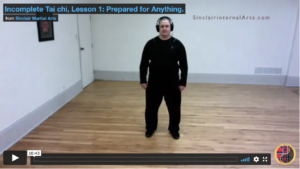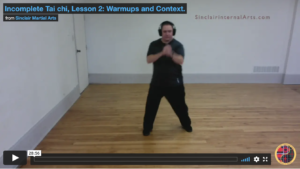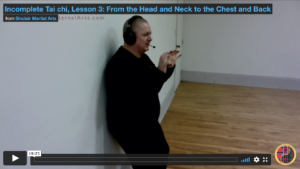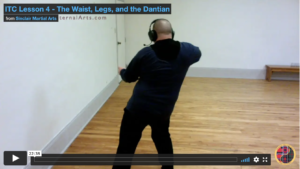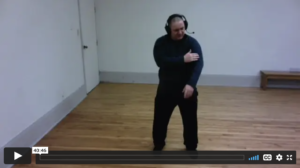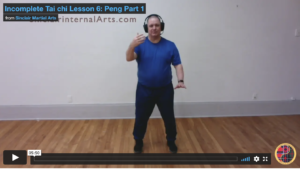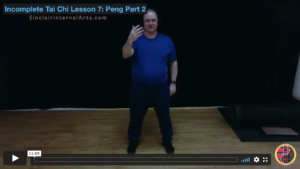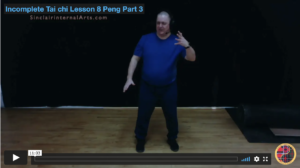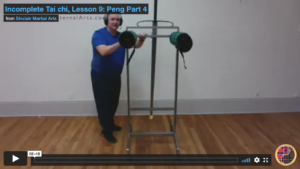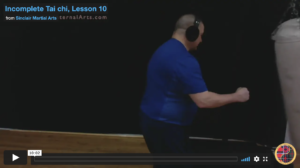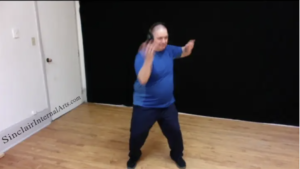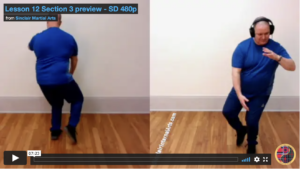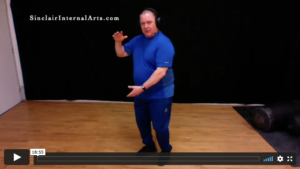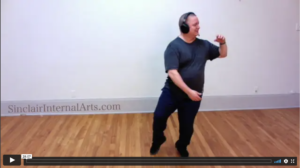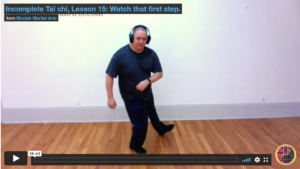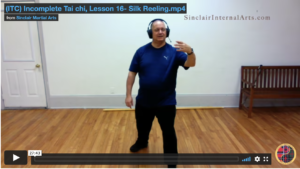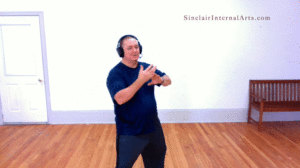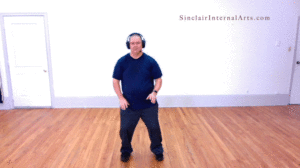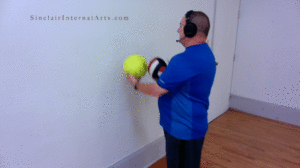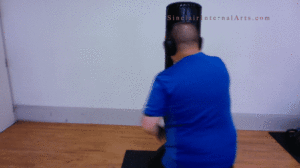This series is called
“Incomplete Tai chi” with Ian Sinclair
Much more to come…
An ongoing series, step by step, in short segments, mostly of 5-10 minute lessons.
- key concepts and basic exercises for exploring them
- detailed instruction for a particular movements or sequences
- approaching the the art with a linear and progressive curriculum
If some of these lessons are too detailed for you, you can skip them and come back to them later. Some focus more on health benefits, while others focus on martial concepts. The first lesson in each section is meant to be simple and easy to follow, introducing the basics of the movement. Following lessons will go into more detail than most tai chi student will ever encounter.
Learning to relax should not stress you out. If it is too much for you, don’t worry about it. Just go on to the next section when you feel like it. Later, you might decide to revisit the lessons you skipped.

Lesson 22- Applying Peng (Boing) and Lu (Roll)
These forms are not about literal martial techniques, although they could work out that way. Peng, Lu, Ji, and An are about understanding linear momentum. Peng and Lu are the essence of martial application.

Lesson 26, Section 4: Single Whip
Single whip introduces the concept of “Split”, including various ways to move the opponent’s force away from your centre while reducing the angle to limit torque.
This movement has many variations and can be used in many martial applications. It is one of the rare tai chi movements that combines overt arm movement with simultaneous hip movement.

Lesson 28: White crane spreads wings: zhou and kao…but mostly kao.
Zhou (elbow) and Kao (shoulder) can be seen as techniques. But their deeper meaning is one of mechanical principle. Zhou displaces the opponent’s centripetal tensile geodesic, while kao is a defence against the opponent doing the same.
Much more to come…

